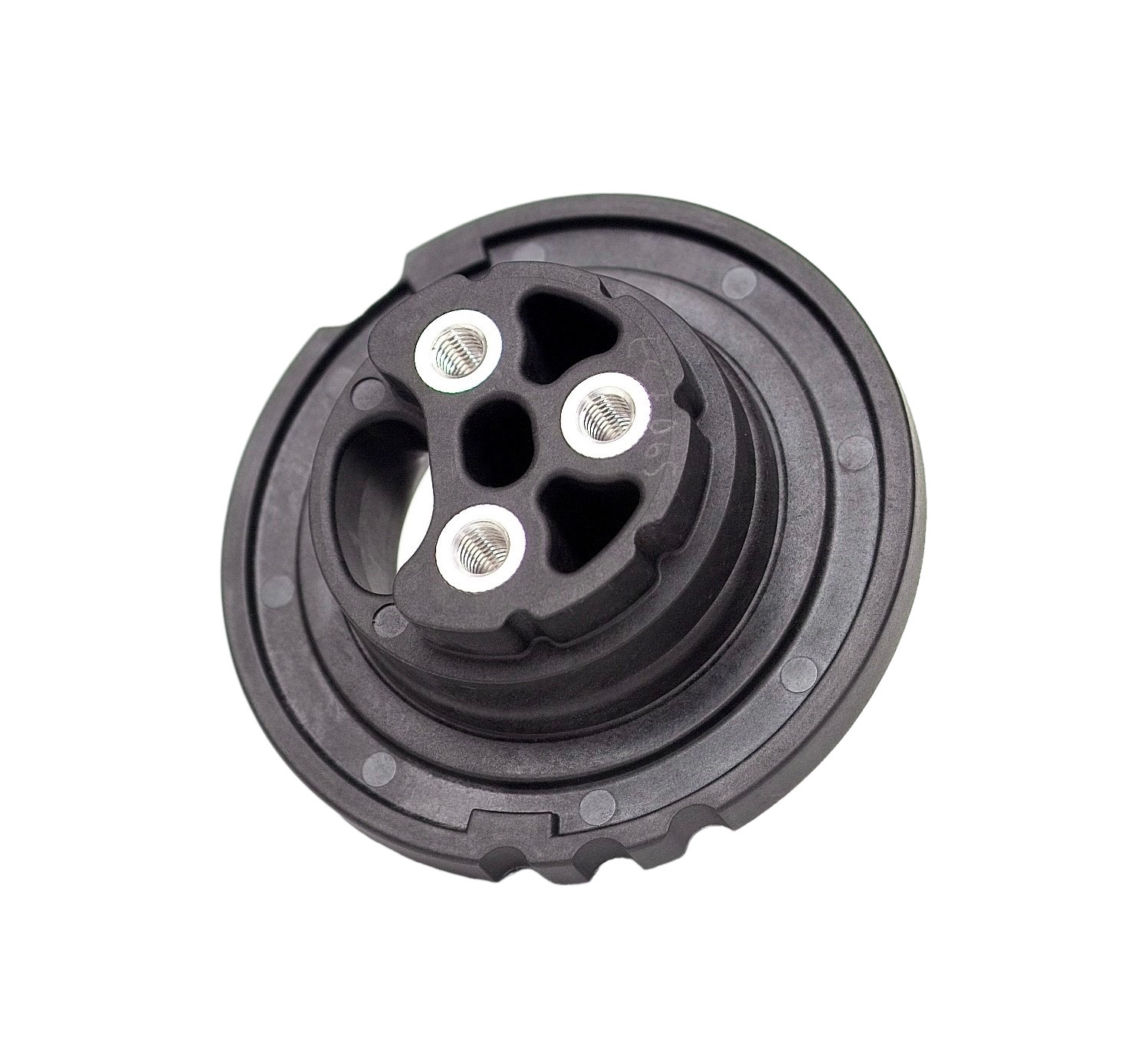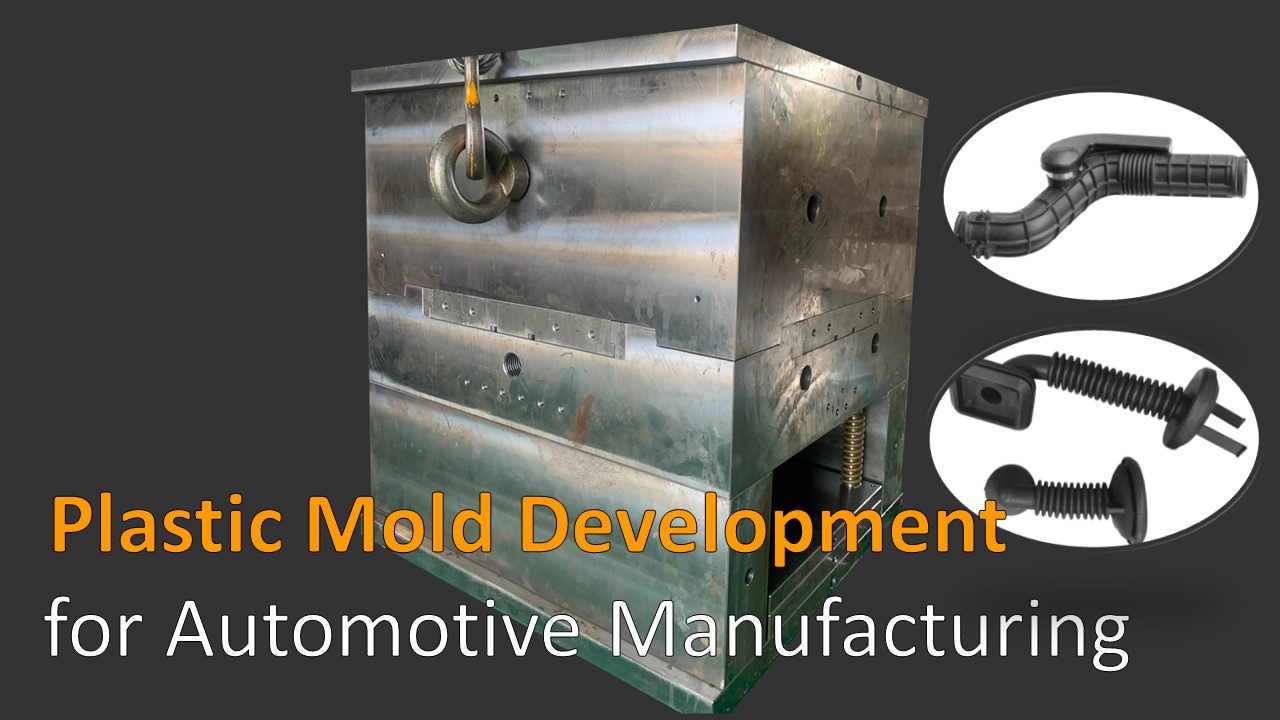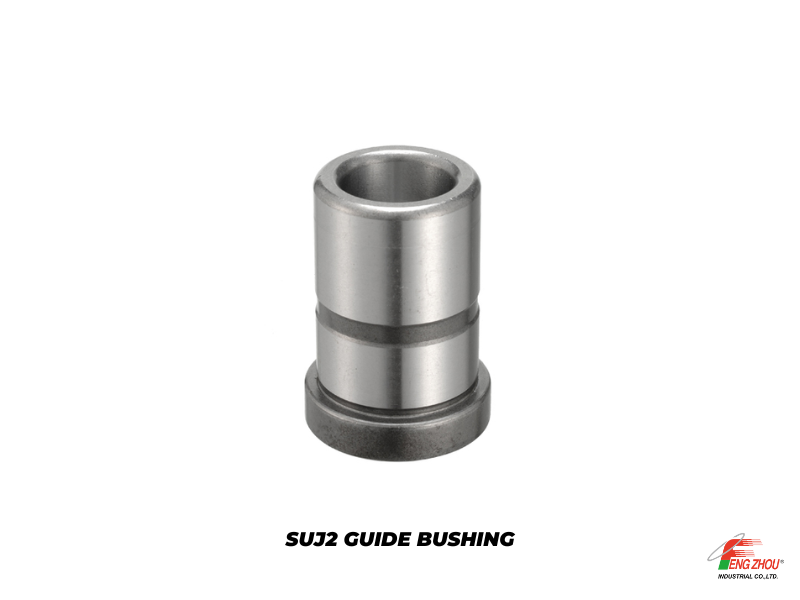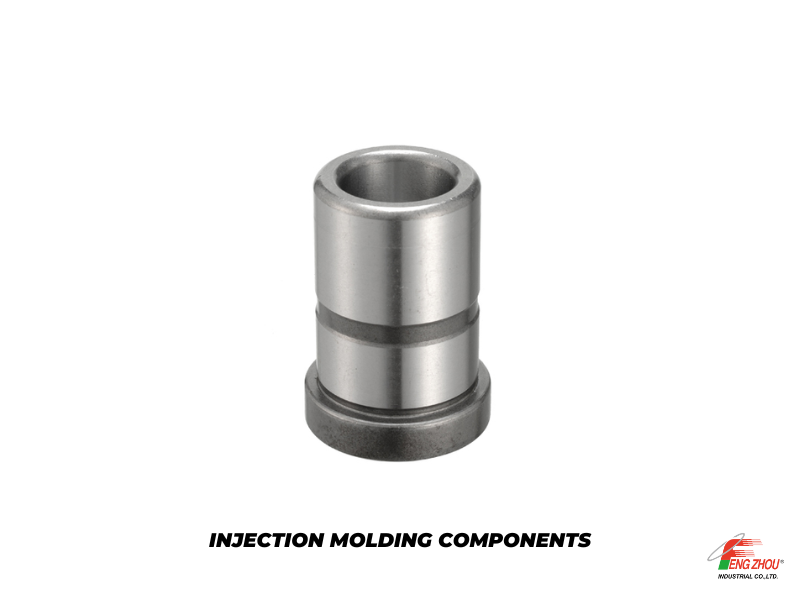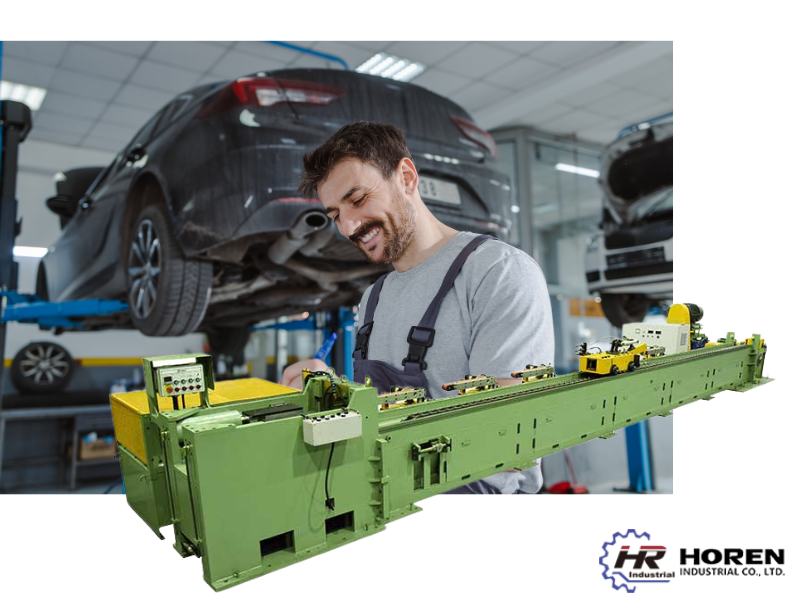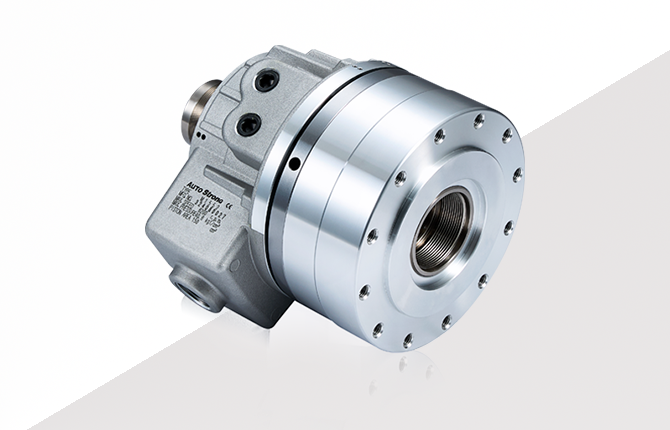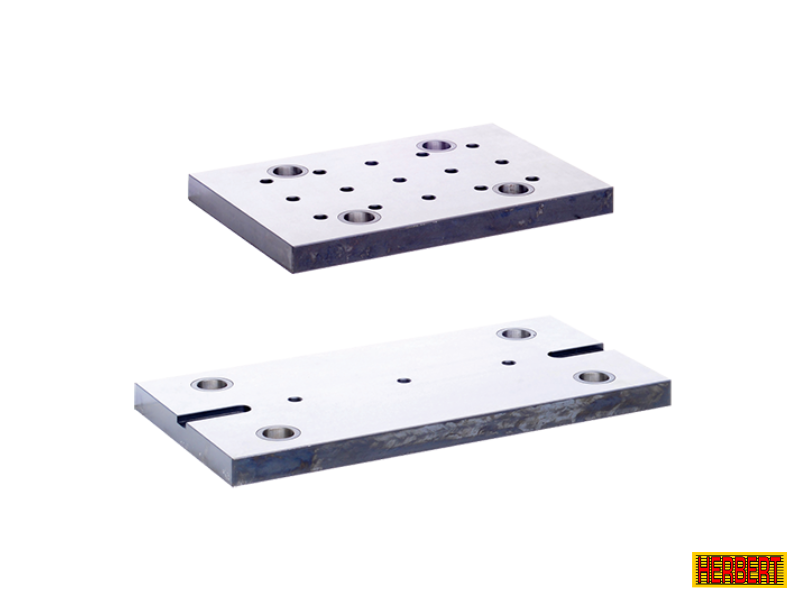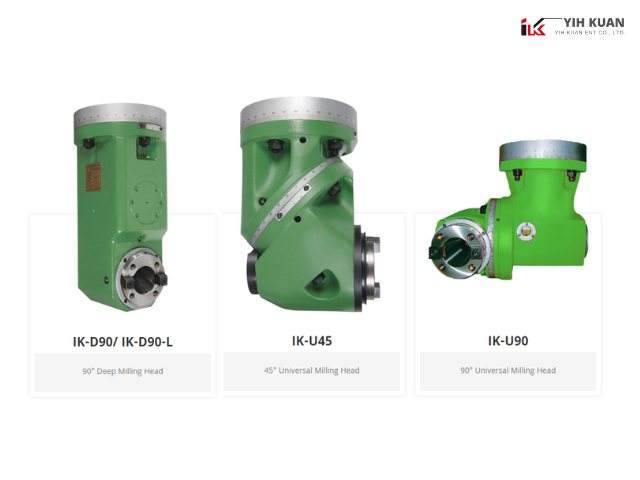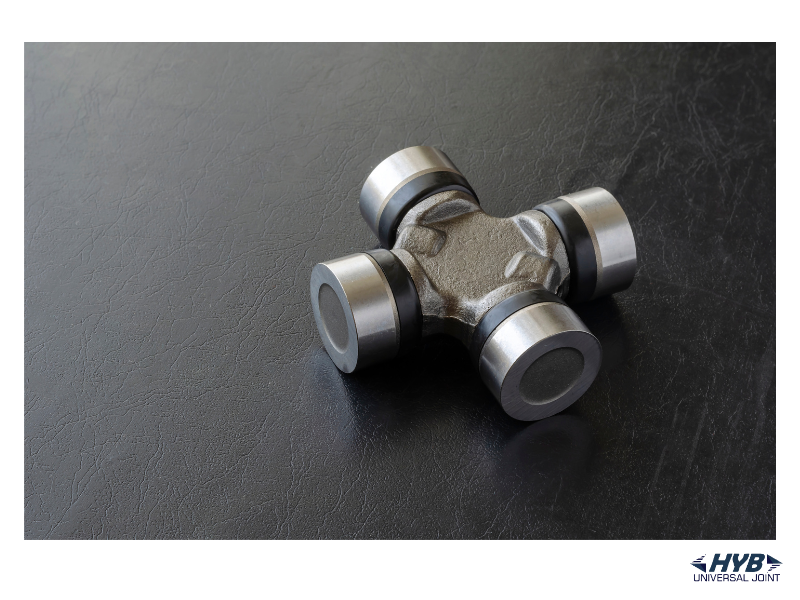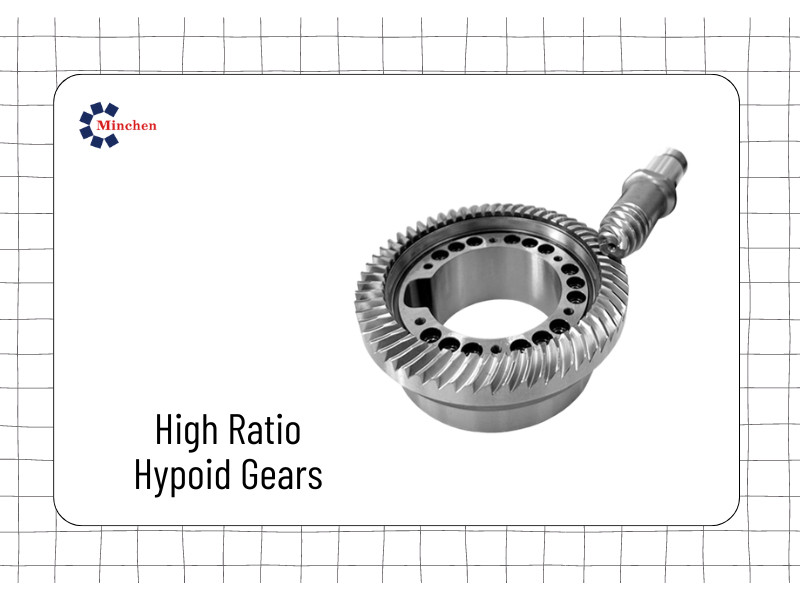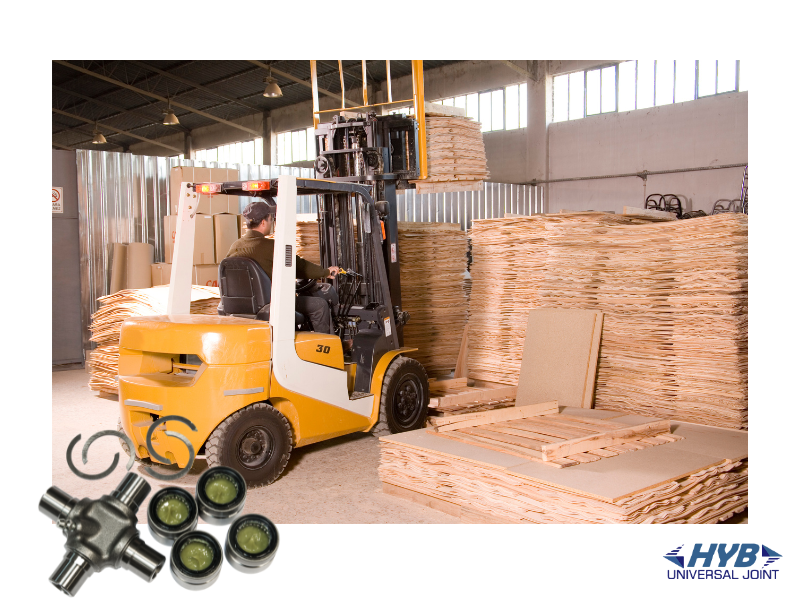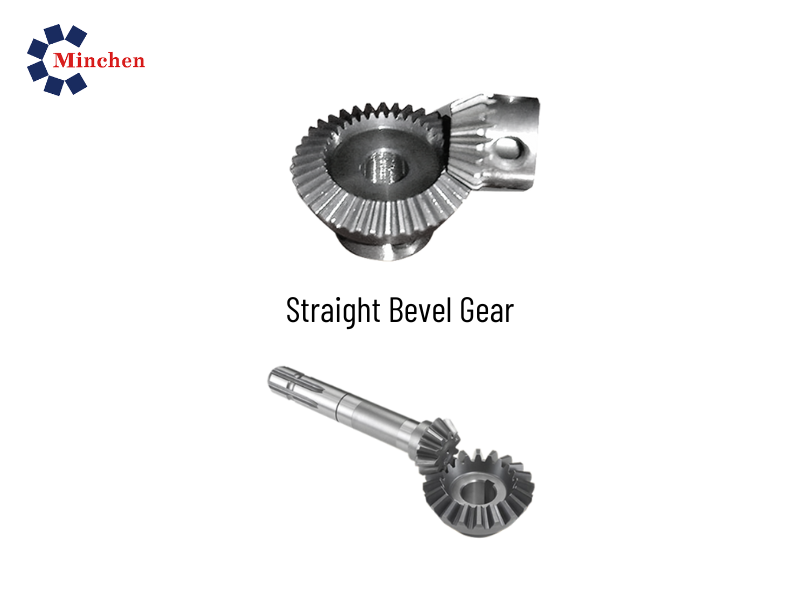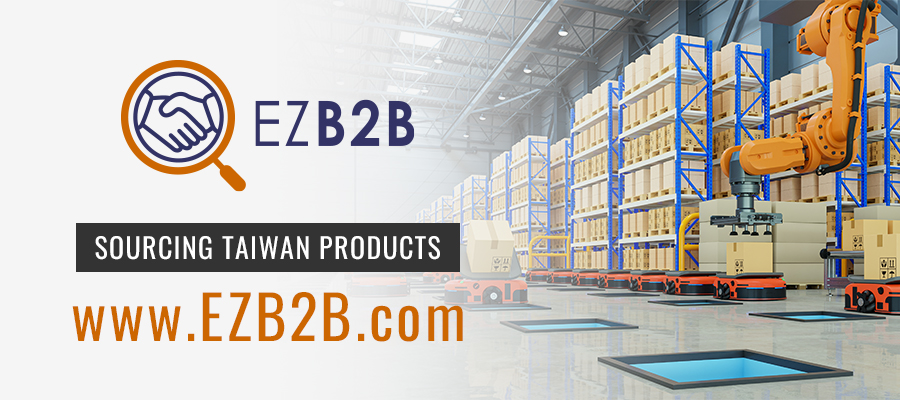What is a Die Casting Machine, and how does it work?
2021-12-27Machinery
At USD 24.91 billion in 2018, the worldwide aluminum die-casting market was valued. From 2019 to 2025, the industry is expected to grow at a compound annual rate of 10.1%.
It is because die casting is becoming one of the most dependent production technologies that this growth rate has occurred. Die casting is used to make a wide variety of goods in almost every industry and business niche imaginable.
However, die-cast goods are only as excellent as the metals they're made from, just like any other metal fabrication method. Overall product quality, durability, and aesthetics are all impacted by the metals used in the manufacturing process. Thus, this article will focus on the different metals used in die casting.
As a prelude to discussing the best metals for die casting, let's take a closer look at the procedure.
Die Casting is a process.
Die casting is a metal production technique using high pressure and reusable metal dies. Using die casting, metal pieces may be produced that are precisely sized, well defined, and either smooth or textured on the surface.
The Die Casting Process in Detail
Simple, quick, and stable die casting is standard metal manufacturing. The following is a step-by-step guide to die casting:
- The mold must be divided into two or more portions to remove castings from a steel mold.
- Using this mold, you may make hundreds of castings in a short period.
The parts are positioned in a stationary configuration after being inserted into the machine (fixed die half). Both sections may be moved simultaneously (injector die half). The machine begins the casting process by clamping the two parts together.
- Injecting molten metal into the die cavity causes the metal to solidify very quickly.
- The casting is expelled when the die halves are separated.
- It is possible to create a die that is simple or complicated depending on the intricacy of the casting.
Die casting is a two-step process.
Die Casting in a Hot Chamber
Pressure is used to drive hot metal into a pre-formed mold in hot chamber die casting, much as in other types of casting. However, in this procedure, the metal is heated in the casting machine itself, rather than in a separate furnace, rather than in an individual furnace.
- Aluminum
The following metals may be cast in a hot chamber:
- Zinc
- Alloys of magnesium
Melting points of many other metals
Alloys that do not corrode metal pots, cylinders, or plungers may be processed in hot chamber machines.
Die Casting in a Cold Chamber
Despite its name, cold chamber dies casting does not need hard metals. Heating metal in a furnace separate from the casting machine and then pouring the molten metal into the machine.
- Metals with high melting points benefit from a cold chamber machine (e.g., aluminum).
- The metal is first melted, and then poured into a cool chamber to solidify.
- A hydraulically-powered plunger pushes the metal into the die in the cold chamber.
- Comparing Die Casting with Sand Casting Techniques
Sand casting, like die casting, is a metal production technique that uses molten metal to fill a mold with sand. Each process is unique in its way, even if they all aim to achieve the same objective.
Since high pressure is used, die casting is the fastest method for producing precision non-ferrous metal components. It's done when the metal cools and hardens after being withdrawn from the mold. Afterward, the mold is re-opened and ready for the next pour.
A new mold must be made for each casting, and no high pressure is used in sand casting. It might take hours or even days to build a new mold, depending on the intricacy of the mold. Even though a sand mold is less expensive and takes less equipment to make, this procedure is best suited for casting a smaller number of pieces.
For Die Casting, Which Metals Are the Most Popular?
The metals and alloys utilized in a die casting project range from stainless steel to aluminum alloys. There are advantages and disadvantages to each alloy, depending on the application.
A professional metal fabrication firm can help you comprehend all of the mechanical and physical qualities and the compositions of various alloys. Die-cast metals include the following:
- Zinc
- Aluminum
- Magnesium
- Brass, copper, lead, and tin is also utilized in bespoke die casting tasks but is more often employed in larger production runs.
Alloys, mixtures of several elements, may be found in metal die-cast components, but selecting the right one requires careful study. Because each alloy has its unique features, benefits, and drawbacks, it's essential to plan when selecting an alloy.
Die-casting of aluminum
When it comes to dying casting, aluminum is one of the most often utilized metals. Because aluminum is a relatively light metal, aluminum may make light and intense pieces. In addition, it can sustain greater working temperatures and has a broader range of finishing possibilities for aluminum components.
Aluminum and aluminum-zinc alloys, despite their higher cost, are excellent solutions for industrial applications. Their corrosion-resistant properties lead to longer life and more excellent safety. It's also unmatched in its strength, hardness, and weight ratios.
In addition to being simple to cast, aluminum has another significant advantage: it's lightweight. An excellent conductor of both heat and electricity, it is ideal. As a result, aluminum is a fantastic choice for manufacturing components in computers, energy management, and other high-tech areas.
Aluminum is widely used in manufacturing industrial components, vehicle parts, technology items, aerospace products, and much more because of its numerous advantages.
Dies made out of Zinc
Zinc is a widely utilized metal in die casting in addition to aluminum. In addition, the automotive and medical supply sectors often employ Zinc to cast items.
Zinc castings are a good option for customizing products for aesthetic reasons. Plated or painted, as required, the material may be used. It's also easy to work on since it has a smooth surface. As a result of Zinc's ability to make components with both specific visual quality and limited form morphological tolerances,
As a result of its low melting point, Zinc takes less energy to be produced than other metals. Die casting's low melting point also extends the life of the mold, which is another essential element in its relevance to medical devices.
Finally, Zinc's exceptional levels of corrosion resistance and increased heat conductivity make it an excellent choice. As a result, this substance is long-lasting, solid, and stable.
Die Casting of Magnesium
Magnesium is a popular metal used in die casting, as is aluminum. Magnesium is the best in terms of machinability, strength-to-weight ratio, and die casting weight.
There are several advantages to using Magnesium alloys over other cast metals, such as improved fluidity, decreased susceptibility to hydrogen porosity, and more extraordinary casting ability. In addition, as an EMI and RFI shielding material, magnesium is ideal for electrical connections and housings.
Magnesium may be found in a wide variety of products. For example, magnesium is often utilized to produce magnesium-based components like connections and housings to safeguard medical and laboratory equipment from interfering signals.
Furthermore, magnesium is 75% lighter than steel while retaining the same level of strength. As a result, it is a superior choice for casting thin-walled, intricate net-shaped parts. In addition, the dimensional stability is improved.
- It is feasible to attain tighter tolerances with magnesium castings than with steel.
- Corrosion may be seen on the surface of die-cast metal.
Because iron is present, all ferrous metals, including carbon steel, alloy steel, and stainless steel, are susceptible to rusting. Therefore, die casting these metals is conceivable, although it is not very frequent because of their propensity to rust.
Aluminum and copper, both non-ferrous metals, contain only minute quantities of iron. As a result, rust is not an issue. However, they are susceptible to corrosion, which is determined mainly by the working conditions in which they are used.

